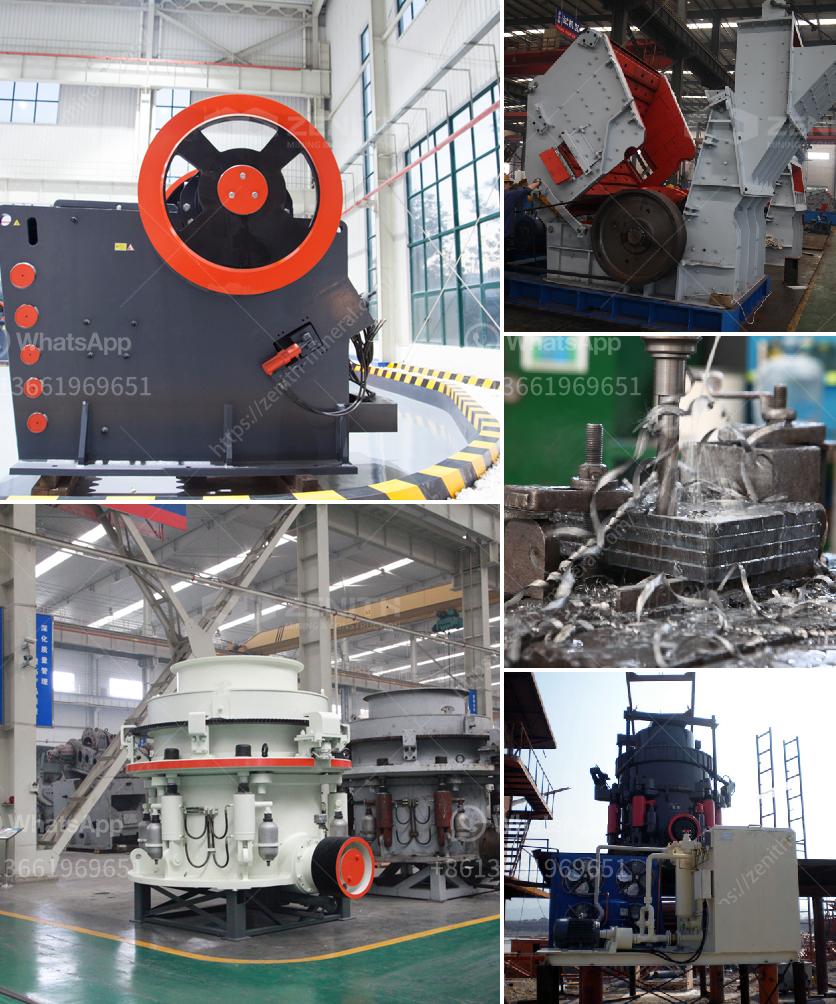The cost breakdown for the beneficiation of iron ore typically includes several components. While the exact costs can vary based on factors like location, ore grade, and the specific processes used, a general breakdown may look like this:
-
Mining Costs:
- Drilling and Blasting: Costs associated with initial extraction.
- Excavation and Hauling: Expenses related to transporting raw ore to the beneficiation plant.
-
Processing Costs:
- Crushing and Grinding: Energy and equipment costs for breaking down the ore.
- Screening: Costs associated with separating different particle sizes.
- Separation Techniques: Expenses for magnetic and gravity separation, flotation, etc.
- Chemical Reagents: Costs for chemicals used in different beneficiation processes.
-
Labor Costs:
- Wages and Salaries: Payments to operating and supervisory staff.
- Training and Safety: Costs for training programs and safety measures.
-
Equipment Costs:
- Capital Expenditure: Costs for acquiring the necessary equipment.
- Maintenance: Regular and unexpected repair and upkeep.
-
Utilities:
- Electricity: Significant cost component due to energy-intensive processes.
- Water: Used for various processing stages and dust suppression.
-
Waste Management:
- Tailings Disposal: Costs of managing and storing waste byproducts.
- Environmental Compliance: Costs for adhering to environmental regulations.
-
Logistics:
- Transportation: Moving the beneficiated ore to further processing or direct sale locations.
-
Miscellaneous:
- Administrative Costs: Overheads such as office administration and management.
- Insurance: Coverage for equipment, facility, and workers.
It's important for companies to perform detailed cost analyses to understand each element's contribution to the overall cost structure fully.


